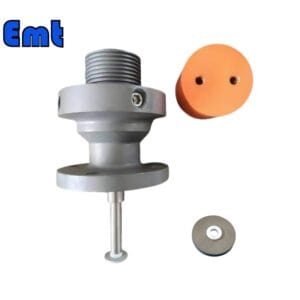
Corrosion Coupon and Accessories Introduction
In this article, we will talk about EMT Corrosion Coupon and Accessories.
Corrosion coupons are used in various settings such as test containers, field test heat exchangers, and pipes to measure corrosion rates. These standard metal samples help determine the extent of corrosion. You place them in systems like cooling water setups. Typically, you should leave these pre-treated and pre-weighed samples in the system for 30 to 90 days. Following this, their weight loss and the types and depths of corrosion they have suffered are analyzed. Several factors including the surface treatment, placement, exposure duration, and the metallurgical properties of the samples affect the results. The corrosion mechanism involves a complex redox reaction that varies across different environments.
Different metals are chosen for corrosion coupons based on the specific conditions they will face. Carbon steel, commonly used in water and oil systems, offers a cost-effective solution for general monitoring. Stainless steel is preferred in environments that may cause rust and oxidation due to its durability and resistance properties. Copper alloys are ideal for systems that incorporate copper piping, ensuring compatibility and precise assessments. Aluminum is selected for lighter applications with less severe corrosion concerns, while nickel alloys are best for environments that involve high temperatures or severe corrosivity, providing superior protection. Choosing the right metal is essential for effective corrosion evaluation and reliable data gathering.
Corrosion Mounting Test Method (Auxiliary Method)
The hanging corrosion test method is widely utilized to assess the corrosion resistance of metals. To conduct this test, practitioners suspend samples on metal surfaces and expose them to corrosive environments, thereby evaluating the metals’ corrosion behavior under specific conditions. Experimenters must adhere to strict standard operating procedures, focusing on the standardization and safety of the test operations to ensure the experiments’ accuracy and reliability.
Scope of Application
This method serves as a standard technique for monitoring relative corrosion and scale formation in cooling water systems without requiring a shutdown. It can be used independently or in conjunction with other methods like the “linear polarization method” and the “monitoring heat exchanger method.” The results are instrumental in verifying and fine-tuning chemical treatments in cooling water systems and assessing treatment efficacy. However, it’s important to note that the results might not directly reflect the actual conditions of the system’s equipment, such as corrosion, scaling, and fouling.
Interfering Factors
Avoid heat transfer and steam condensation impacts on the test piece in the cooling water, as these conditions are not represented by the test results.
Prevent the test piece from being exposed to high flow rates and abrasive particles to ensure consistent and repeatable results.
Monitor the dissolved oxygen levels in the cooling water and position the test piece in a representative area to gauge general corrosion tendencies accurately.
While the primary focus is on observing general corrosion patterns, it’s vital to also account for specific corrosion phenomena in the design and analysis of the results.
Something About Corrosion
Corrosion typically involves the deterioration of materials, primarily metals, due to chemical reactions with their environment. This process results in significant economic, safety, and operational implications across various industries.
Firstly, several forms of corrosion exist, including uniform, pitting, crevice, galvanic, and stress corrosion cracking. Each type has unique characteristics and effects on materials. For instance, uniform corrosion spreads evenly across surfaces, while pitting corrosion leads to the formation of small, localized holes in the metal.
Additionally, environmental factors play a critical role in accelerating or mitigating corrosion. Elements like humidity, temperature, and the presence of salts can drastically alter the rate at which corrosion occurs. Industrial settings often intensify these conditions, making corrosion management crucial.
Moreover, effective corrosion control involves a combination of material selection, protective coatings, cathodic protection, and corrosion inhibitors. Engineers and scientists continually develop and refine these methods to enhance their effectiveness.
In conclusion, understanding and managing corrosion is essential for maintaining the integrity and longevity of metal structures and components. The ongoing study and application of advanced corrosion control techniques are vital in reducing its impacts.
Parameters
| Material | Stainless Steel 304、Stainless Steel 316、DSS F51、Carbon Steel A105N、Inconel 625 |
| Operating Temperature | -20±120 |
| Features | Firstly, Easy to Operating |
| Secondly, High Accuracy Long Life | |
| At last, High Efficiency, Low cost | |
| Payment | TT/LC |
| Advantages | Firstly, they are lightweight and flexible. |
| Secondly, Nice Injection efficiency. | |
| At last, Accurate location tracking. |
Different Types
There are three main types of corrosion coupons: Strip, Multihole Strip, and Disc. The Strip Coupon is simple and versatile, commonly used for general corrosion monitoring. The Multihole Strip Coupon, featuring multiple holes, offers detailed data on localized corrosion rates across different sections of a metal surface. Lastly, the Disc Coupon provides a compact form factor ideal for smaller pipes or confined spaces, allowing for targeted analysis in specific areas. Each type serves unique monitoring purposes, enhancing corrosion control strategies in various industrial applications.
| Name | Strip Coupon | Multihole Strip Coupon | Disc Coupon |
| Applications | Commonly used for most evaluations. | Use with low-pressure access equipment or through narrow ports that a standard 3/4 inch wide coupon cannot pass. | These circular coupons work in multiple disc monitoring applications. |
| Size | 3”*3/4”*1/16” (76.2mm*19.0mm*3.2mm) | 3”*1/2”*1/16” (76.2mm*12.7mm*3.2) With mounting holes | Φ1.25”(31.8mm)Thickness 1/16”(3.2mm) |


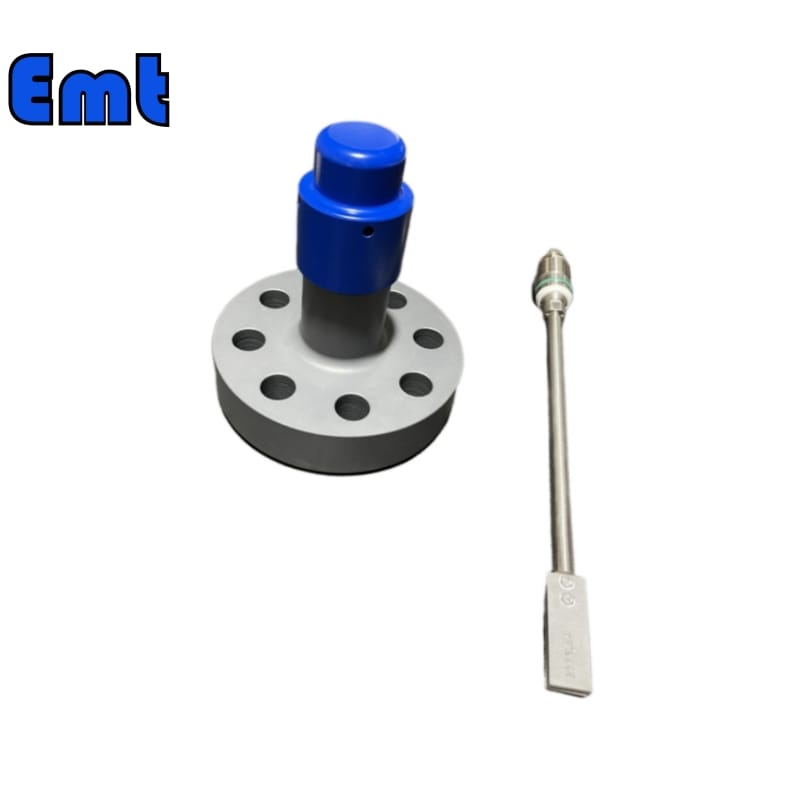
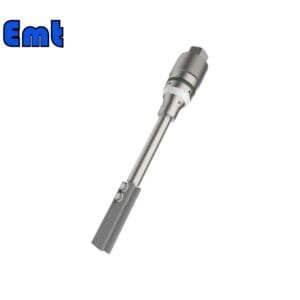

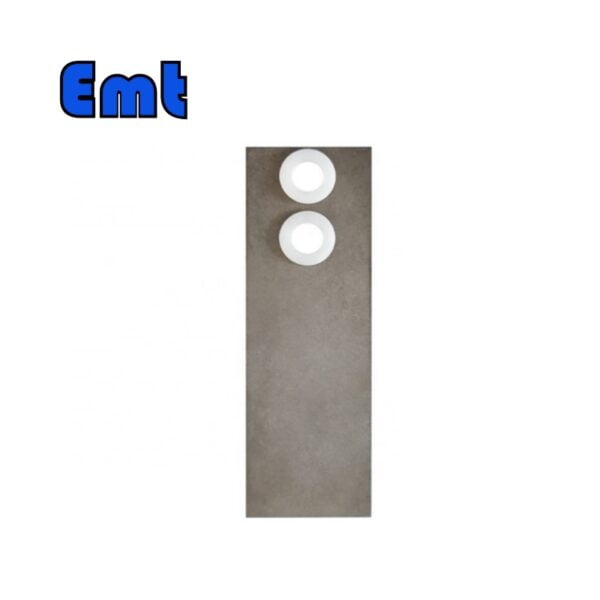
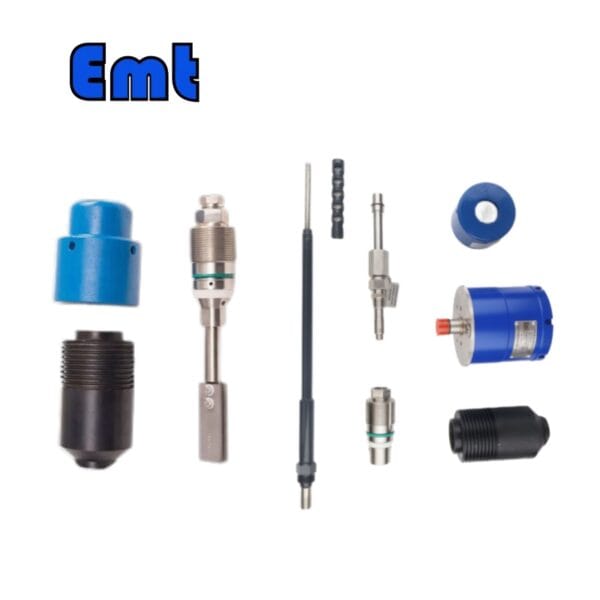
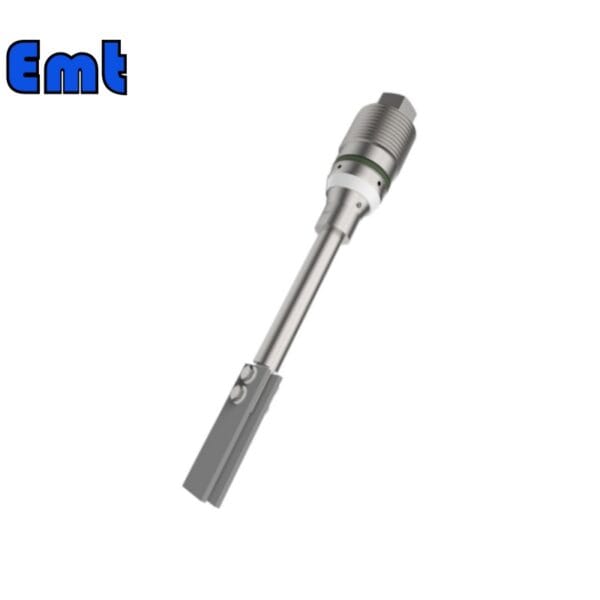
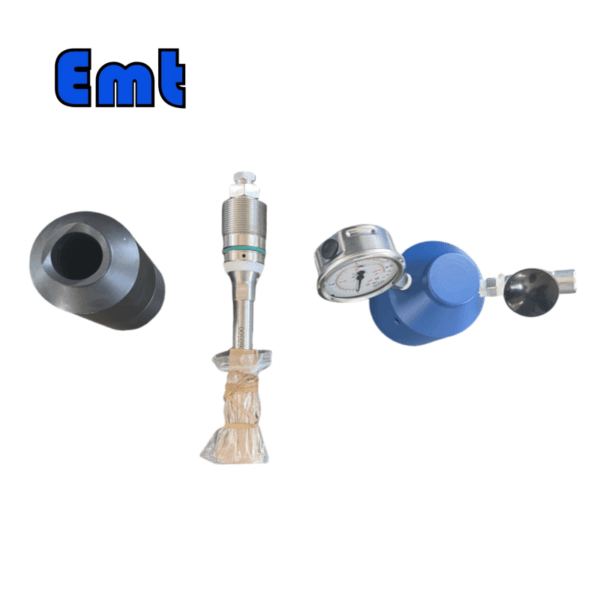
There are no reviews yet.